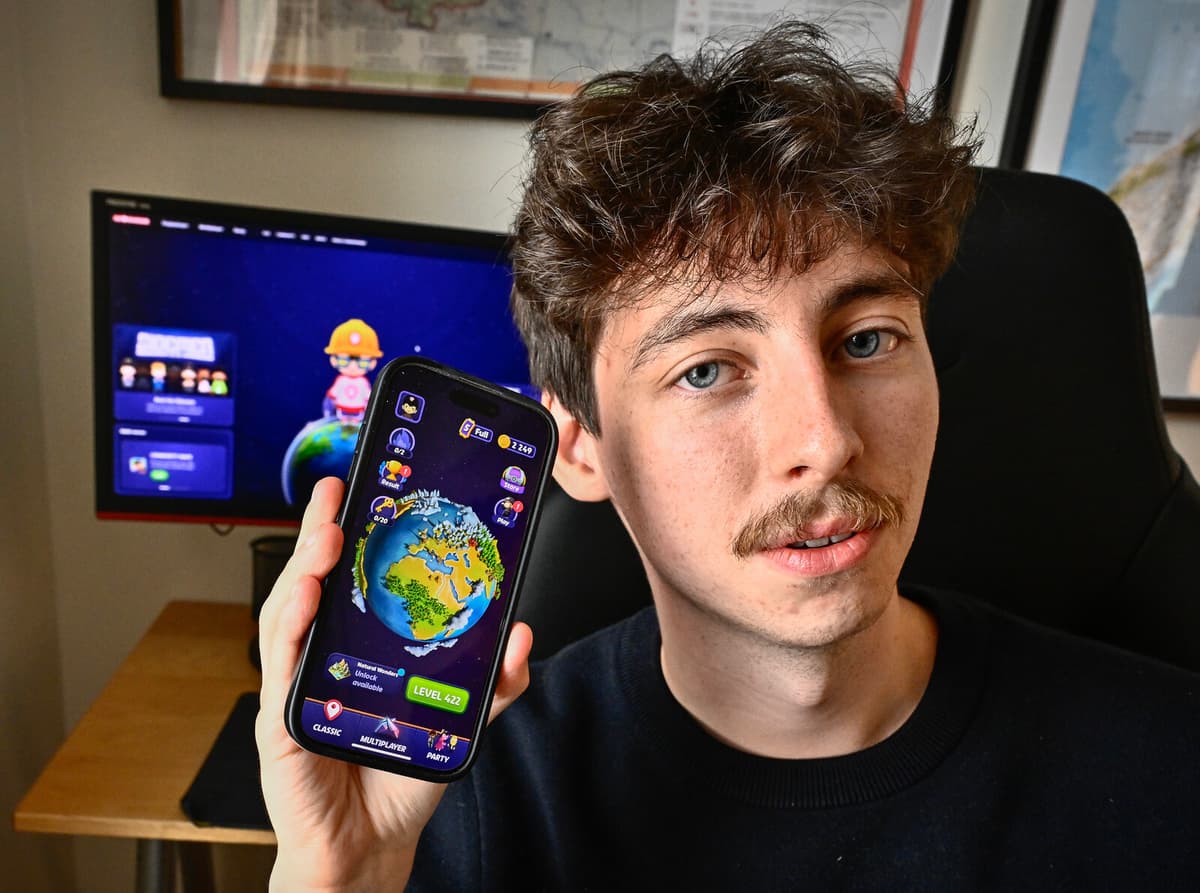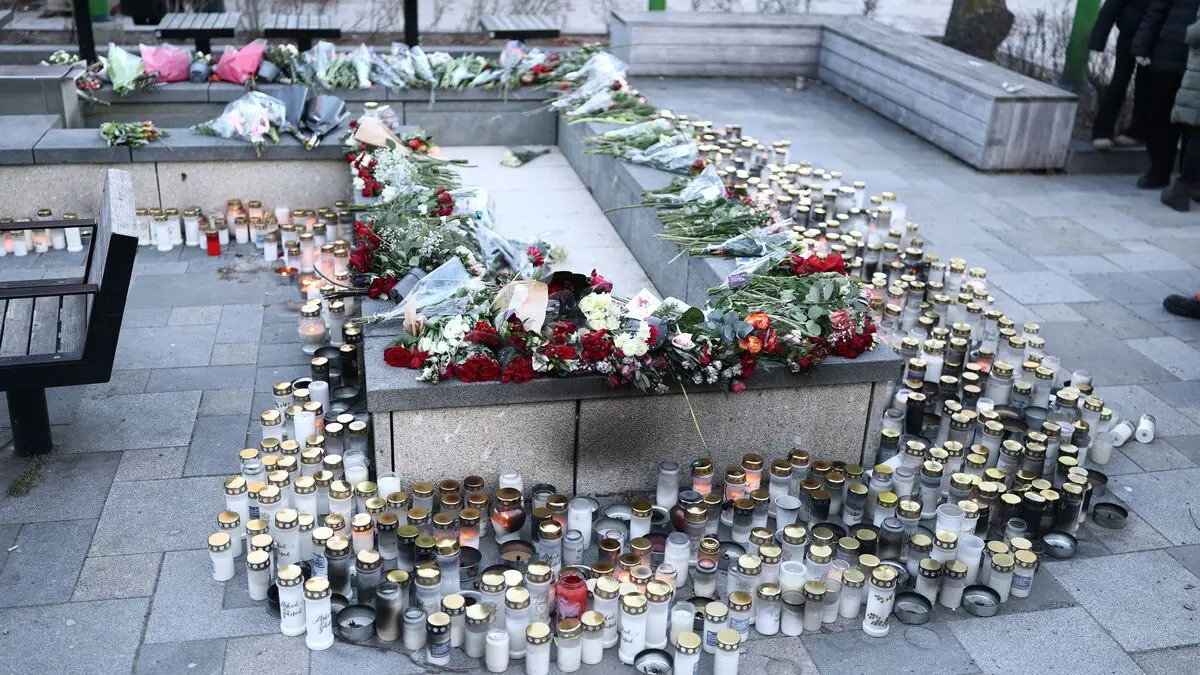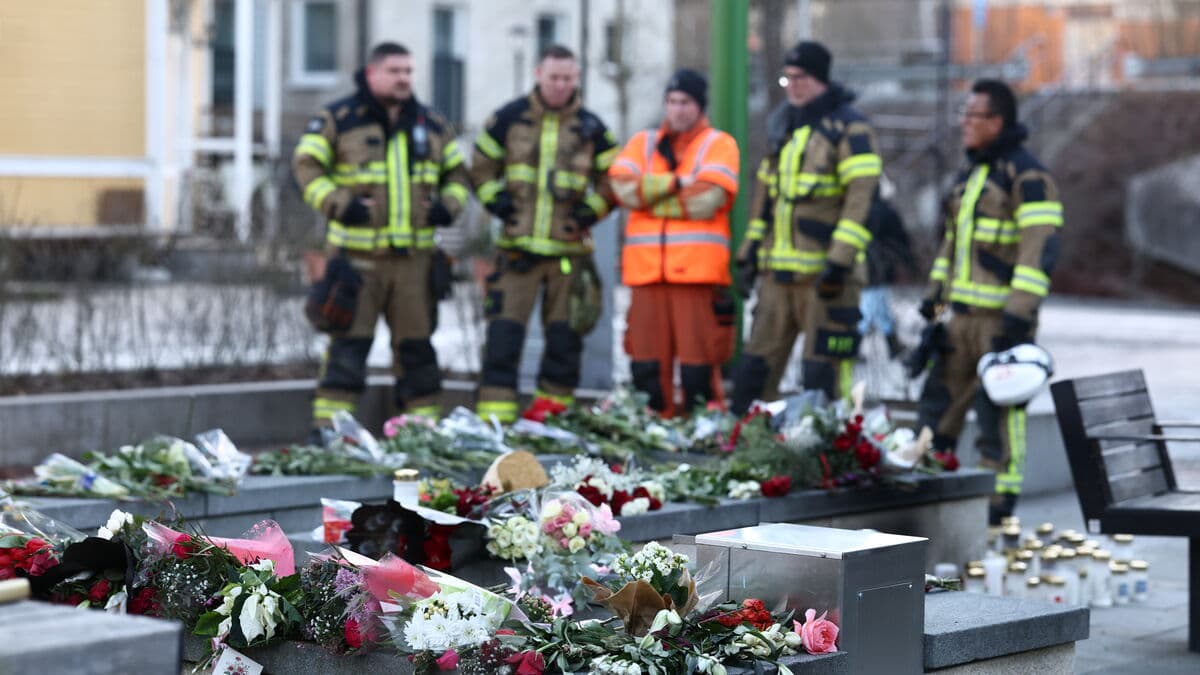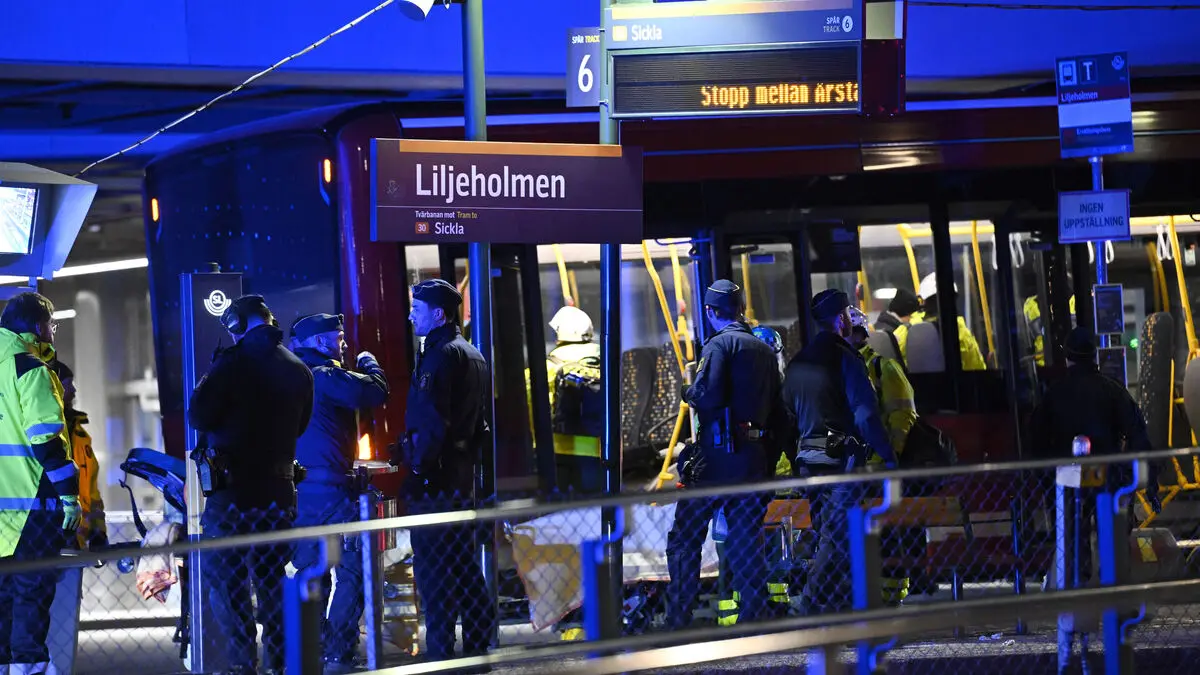It feels good. A little nervous, but I think I feel ready anyway, says Hugo Holmryd Malmborg a few days before the World Championship debut.
In the student apartment in Hjorthagen in Stockholm, there are a few framed maps, including one of New Zealand and the former Soviet Union.
I really like geography a lot, and I think it's a really cool game, he says.
Codes and poles
Hugo Holmryd Malmborg is one of sixteen people who compete in the World Championship in Geoguessr in Copenhagen. He is one of the world's best in a game that has 100 million registered users. The game is about being "dropped" in a random place in the world in Google Streetview, and then guessing where you are.
The 22-year-old can quickly see if he is in the Nigerian mountains, Canadian forest, on the Mongolian plain or in a Bolivian big city, based on details such as billboards, vegetation and the color of the line on the roadside.
How do you then become good at Geoguessr?
It's partly that you study a lot and partly that you play a lot. Sometimes you study phone codes and stuff, and sometimes infrastructure things like phone poles. And of course, you can just play a lot to get a feel for how things look.
To qualify for the World Championship, he participated in a league game, where he took the last spot. In the round of 16, he faces American Robert "MK" Falconio.
I'm not the favorite to win, but my goal is to win the first game. He came in second at the World Championship last year, so it's tough. But if I win, it's just fun, says Hugo Holmryd Malmborg.
Rather Russia than India
The prize pot contains at least $100,000 (equivalent to 1.1 million kronor). Compared to the biggest e-sports, it's a relatively modest sum, but interest in Geoguessr as an e-sport is growing.
I think people think it's fun to watch, to see how much time people have put into it. I think people are attracted to it. It's a pretty cozy game too, even if you're not crazy about geography.
In the World Championship, he can hope for pictures from Sweden. Another strength is Russia, where he can recognize up to 200 cities. India is a weaker card.
Even if the vast majority of the world's hobby players have no chance in a match against Hugo Holmryd Malmborg, it actually happens that he himself guesses quite wrong.
Sometimes you guess on the other side of the earth, if it's a really tough round. You can also mix up the Philippines and Colombia – they can look quite similar in the rainforest.
Gustav Sjöholm/TT
Facts: Geoguessr star's tips for getting better
TT
1. Which side of the road do cars drive on? Memorize where in the world you have left-hand and right-hand traffic.
2. What does it say? Often there is text in the image, on signs, house walls and vehicles. Learn to recognize which characters belong to which languages. Řř is found only in Czech, for example. Internet endings (.se, .fr) are even more obvious clues.
3. What's along the road? Road signs and poles in the roadside often look different in different parts of the world. On the Plonkit site, there's a lot of information.
4. Telephone poles. Another detail that differs between countries. In Mexico, the poles are octagonal in concrete, while the neighboring USA has round ones in wood.
The World Championship is held for the third time this year and the competition takes place in front of an audience at the KB Hall in Copenhagen.
16 people compete for a prize pot of at least $100,000. 13 people qualified through a league, one through an open major and two are wildcards.
The matches are in duel form where the winner advances to the next stage in the playoff tree.
The player is "dropped" somewhere on Earth in Google Streetview, and must guess where they are within a minute. There are three game modes. In the first game mode, players can move, in the second they can zoom and rotate 360 degrees, in the last it's a still image where the player can neither move, zoom nor pan.
Each match lasts about an hour.
The competition is broadcast via Twitch and Youtube. Swedish hope Hugo Holmryd Malmborg plays the round of 16 on Friday at 4 pm.





